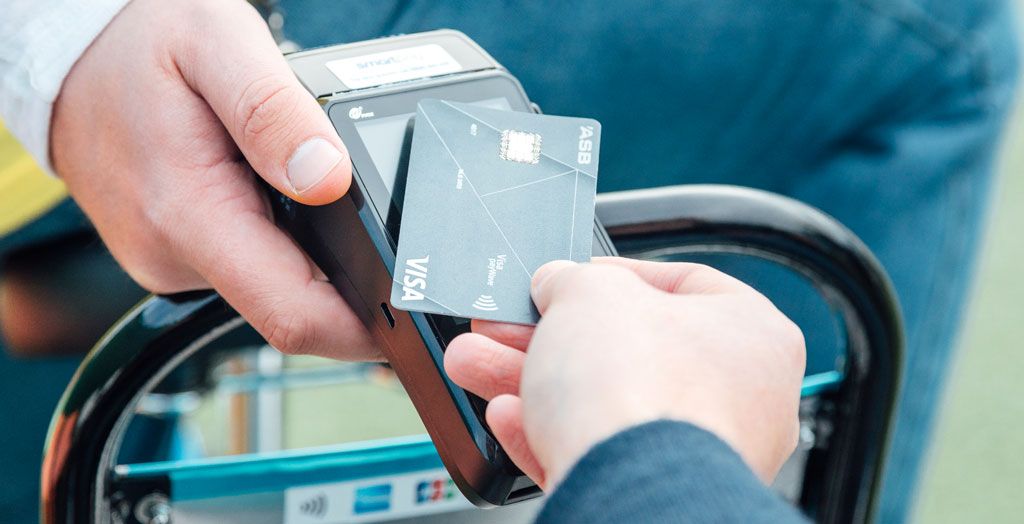
Are you considering a surcharge for contactless or credit card payments?
Done correctly, surcharging is easy, fair and transparent for all.
Why are more Kiwi merchants adding a surcharge?
Not all transactions are equal. The fees you pay can vary depending on the payment method, card type, and industry you work in.
For example, the cost to accept EFTPOS and debit cards is covered by a monthly network fee when swiped or inserted, whereas contactless and credit card payments are charged additional merchant service fees (MSF) as a percentage of the total transaction cost. Furthermore, tapping a debit card has a lower fee than swiping a high rewards credit card.
So for the same purchase; the costs to the merchant can be variable and controlled by the cards and schemes their customers sign up for – the customer gets the rewards, the bank and credit card company gets the loyalty, and the merchant gets the bill.
With more Kiwis preferring to pay with a contactless method, the pressure is on merchants to accommodate this trend in payments or risk getting left in the lurch. It’s no wonder more New Zealand merchants are adding a payment surcharge to give customers the payment options they want, without absorbing the fees.
What does the New Zealand law say about surcharging
In 2009, the Commerce Commission decided New Zealand merchants could legally surcharge for the cost of accepting certain payment methods.
This decision meant a credit card surcharge is covered under New Zealand law, and any surcharge must reflect a fair cost of acceptance and be transparent to the consumer.
Currently, the Retail Payment System bill is expected to come into effect which empowers the Commerce Commission to oversee regulations related to surcharging including how merchants must meet their obligations when applying a surcharge.
It is easy to meet your legal obligations for surcharging in New Zealand by following common sense guidelines and providing good customer service.
4 steps to introduce your surcharge
1. Establish a fair surcharge amount
As a merchant, you are able to choose what your surcharge rate is, and are accountable for ensuring this is in line with your cost of acceptance. Generally you can choose to set up your surcharge fee as a percentage rate based on what the bank is charging you.
Start by looking at the merchant service fees (MSF) your bank is charging you. By clearly understanding the MSF you are being charged for accepting different kinds of payments, you can work out the specific percentages or an average amount which is reasonable.
To make it simple, most merchants choose to set their surcharge at around the same rate as their MSF. Some merchants choose not to surcharge the entire amount and rather “share” the cost with their customers.
2. Display your surcharge before purchase (signage)
You must let your customers know a fee will apply for any surcharged transactions before they pay. You can declare your surcharge fee by displaying a sign in-store and on your EFTPOS terminal. A customer should be able to see this message before the transaction takes place.
Your surcharge signage should be visible, easy to read and must be a minimum font size of 10pt Arial. Smartpay offers surcharge signage which is free for merchants to download and use in their stores. You can download our surcharge signage here.
3. Collect your surcharge within the transaction
Your surcharge must only be processed as part of the total amount of the purchase. It cannot be charged or collected as a separate amount. In practice, if you surcharge via your EFTPOS terminal you don’t need to think about this. This is because your terminal should be set up to automatically apply the nominated surcharge.
4. Display the surcharge on the receipt
Your customer’s receipt must display the surcharge amount specifically. Again, this should be taken care of by your EFTPOS provider, who configures the terminal to include this on the transaction receipt. we take care of this for you by including this on the transaction receipt printed from the EFTPOS terminal.